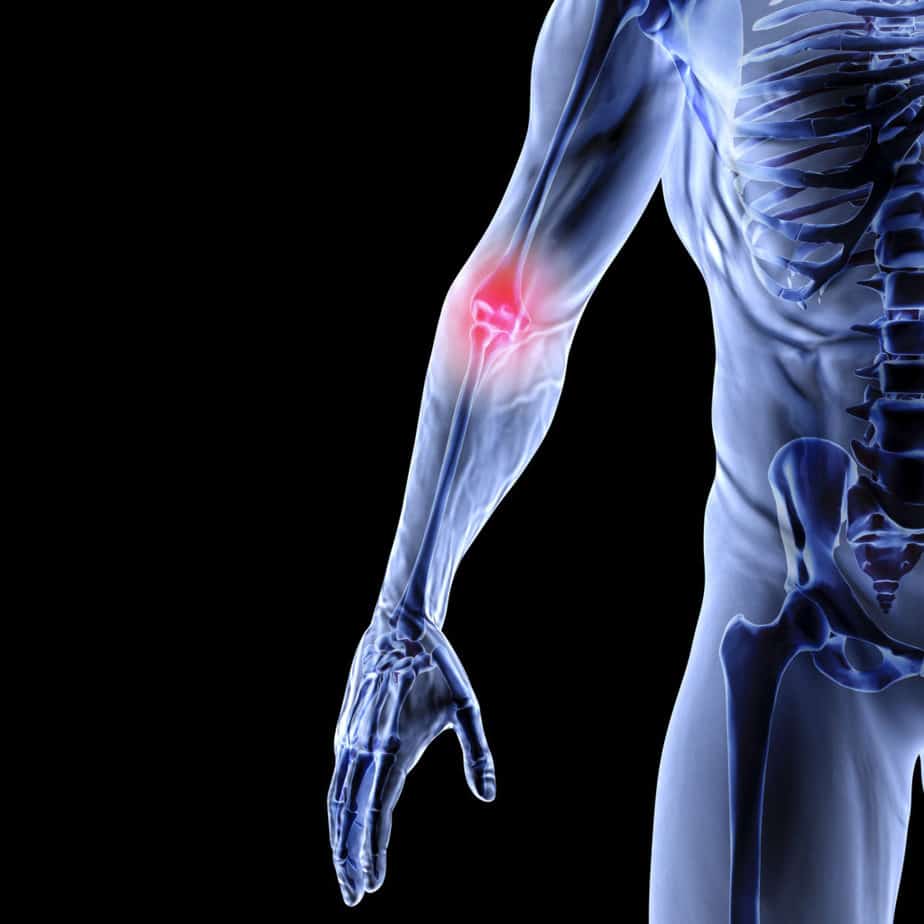
One of the most common pediatric injuries is nursemaid’s elbow. I have seen many of these in my career. The usual mechanism of injury is a sudden pulling on the child’s forearm or wrist, such as when a parent pulls a child away from traffic or some other danger.
What happens is the radial head disengages from the annular ligament – this is a ligament that secures the radial head at the elbow, while still allowing for rotational movement of the forearm (which is supination, palm up, and pronation, palm down).
The musculoskeletal system in children is not fully developed so this area is prone to injury. The usual age range for this injury is between the ages of one and four, but I have seen it in children as old as six.
Sometimes the story is not consistent with the classic nursemaid scenario. I recall a child that had been swinging on monkey bars by their hands and injured that way.
On another occasion, the story was the child was playing on a chair and when they fell off and started to cry with arm pain. I suspect they must have tried to prevent the fall by grabbing the top of the chair on their way down.
The usual presentation is the child is refusing to use their affected arm. Generally, by the time I see them they are calm and in no apparent pain as long as they continue to avoid using the arm. They usually have it somewhat flexed at the elbow, with the shoulder adducted and internally rotated; in other words, in a natural relaxed position. Any attempt to even passively move the arm will cause the child to cry.
When the story is consistent with the presentation, the radial head is easily reduced in the ER with correct technique, without anesthetic. The hard part is convincing the parents that it will pop right in and no anesthetic is necessary. Once that is accomplished, I quickly complete the reduction in about two seconds.
In fact, this is so easy to do that on occasion when I have gotten an X-ray, if the story didn’t fit with the diagnosis, the radiology tech would inadvertently reduce the injury while they were getting the patient’s arm placed for imaging. So if the child came back from the X-ray department and appeared to be once again using their arm without complaint, I knew the tech had done the job for me.
There is no specific aftercare needed except to remind the parents not to grab the child by the wrist. I always liked taking care of a nursemaid’s elbow. Rarely in medicine do we get to see resolution of a problem so quickly!
What happens is the radial head disengages from the annular ligament – this is a ligament that secures the radial head at the elbow, while still allowing for rotational movement of the forearm (which is supination, palm up, and pronation, palm down).
The musculoskeletal system in children is not fully developed so this area is prone to injury. The usual age range for this injury is between the ages of one and four, but I have seen it in children as old as six.
Sometimes the story is not consistent with the classic nursemaid scenario. I recall a child that had been swinging on monkey bars by their hands and injured that way.
On another occasion, the story was the child was playing on a chair and when they fell off and started to cry with arm pain. I suspect they must have tried to prevent the fall by grabbing the top of the chair on their way down.
The usual presentation is the child is refusing to use their affected arm. Generally, by the time I see them they are calm and in no apparent pain as long as they continue to avoid using the arm. They usually have it somewhat flexed at the elbow, with the shoulder adducted and internally rotated; in other words, in a natural relaxed position. Any attempt to even passively move the arm will cause the child to cry.
When the story is consistent with the presentation, the radial head is easily reduced in the ER with correct technique, without anesthetic. The hard part is convincing the parents that it will pop right in and no anesthetic is necessary. Once that is accomplished, I quickly complete the reduction in about two seconds.
In fact, this is so easy to do that on occasion when I have gotten an X-ray, if the story didn’t fit with the diagnosis, the radiology tech would inadvertently reduce the injury while they were getting the patient’s arm placed for imaging. So if the child came back from the X-ray department and appeared to be once again using their arm without complaint, I knew the tech had done the job for me.
There is no specific aftercare needed except to remind the parents not to grab the child by the wrist. I always liked taking care of a nursemaid’s elbow. Rarely in medicine do we get to see resolution of a problem so quickly!


